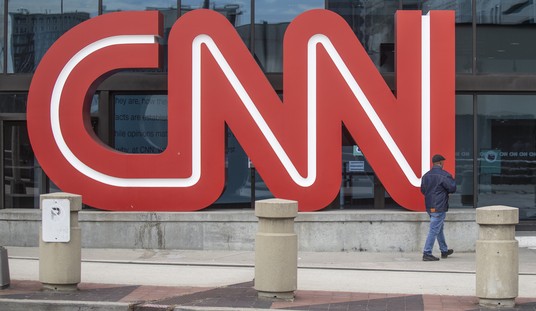To help the economy, the Federal Reserve should begin raising rates immediately and bring its preferred policy rate, the federal funds, to a more neutral stance. The Fed’s current rate policies have not delivered economic growth or employment and should be abandoned in favor of policies that would.
The theory behind the Fed’s current rate policy is that lower rates increase the demand for borrowing, which should fuel both credit-driven spending and investment. This however, only examines one side of the market: demand. For credit to expand, lenders must be willing to lend at those rates as well, but current rates barely cover a lender’s inflation risk without also covering the risk of not being repaid.
It was a housing boom and bust that contributed primarily to the recession and financial crisis. While housing prices have begun to recover, credit for less-than-prime borrowers is still limited, leaving about a fifth of the market on the sidelines.
Looking at mortgage rates offers some explanation. Today, 30-year fixed rates are just over 4.2 percent. With inflation expectations running around 3 percent, that leaves the lender only 1 percent to cover credit losses and any profits. With just over 2 percent of prime mortgages still in foreclosure, and assuming a 50 percent recovery rate, it becomes obvious that anything but sterling credit is expected to be a money loser for banks.
Recommended
So why don’t banks just charge more? Because so-called consumer protection laws would kick those mortgages into the “high cost” category, which brings considerable legal risk. Letting rates rise would greatly increase the supply of mortgage credit, helping to fuel home sales and eventually home construction.
Low rates are often defended as “putting money in the consumers’ pocket” but that couldn’t be further from the truth. It simply transfers money from one set of consumers to another. The approximately $400 billion annual decline in consumer interest payments since 2008 has been exactly off-set by the approximately $400 billion annual decline in household interest income. Lower rates simply benefit one set of households at the expense of another. The net impact on spending will likely approximate zero.
There is also little evidence that the Fed’s current rate policies have improved the labor market. Advocates of the Fed’s current policies often claim that a lack of “demand” is holding back the job market. Yet consumer spending has steadily increased since 2009 and growth in the labor market has not kept up with that increased demand. This suggests that the problem is not a lack of demand, but rather problems specific to the labor market, which are beyond the control of the Federal Reserve.
Our economy is facing a number of problems today. Too high interest rates are not one of them. If anything, the Fed’s policies of channeling credit away from the private sector and towards the federal government (and its mortgage agencies) has denied badly needed credit to the more productive elements of our economy. Ultimately, interest rates should be determined by the interaction of savers and investors, not driven by the arbitrary whims of government officials in Washington.
This article appeared on US News and World Report Online
























Join the conversation as a VIP Member